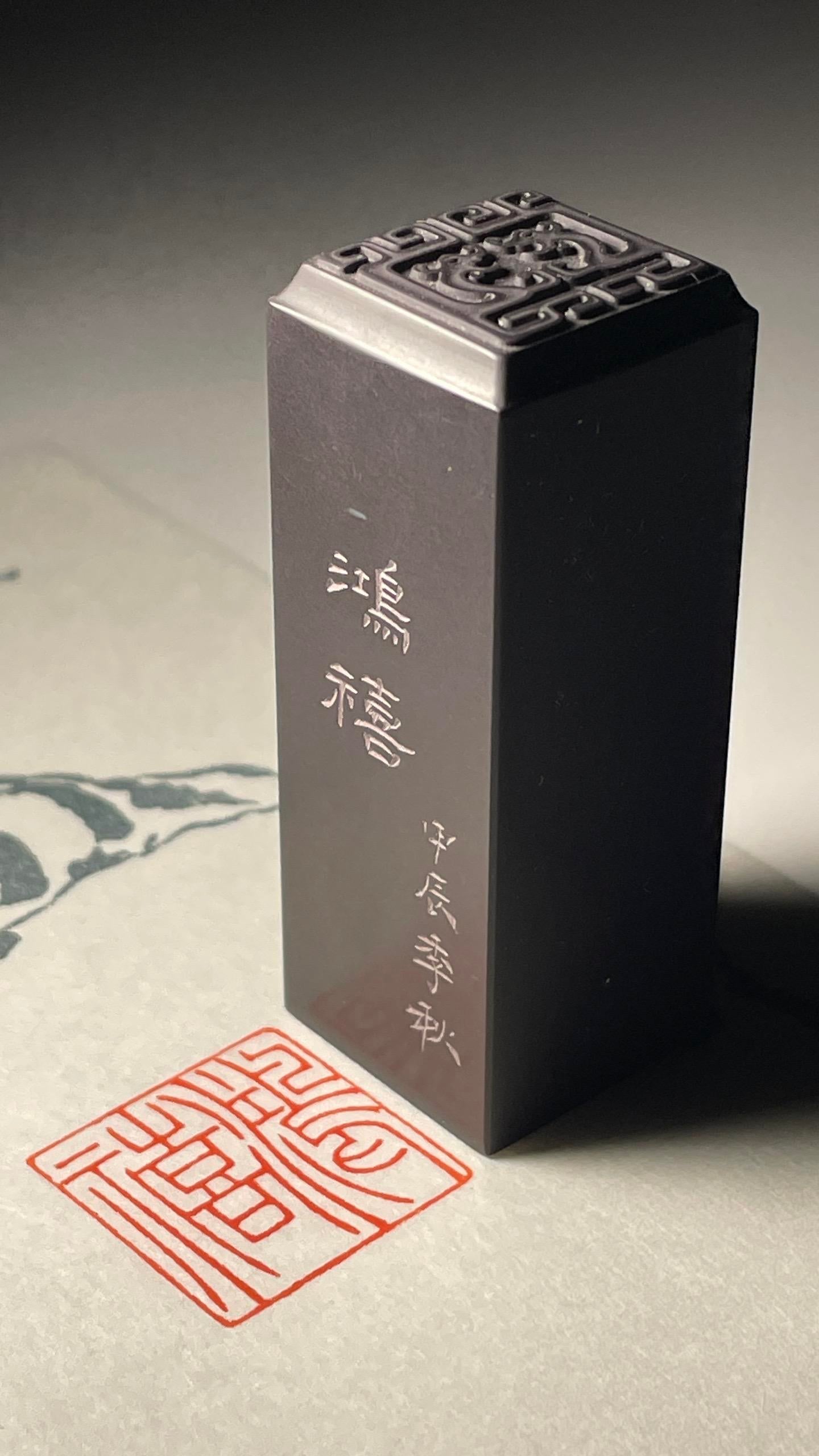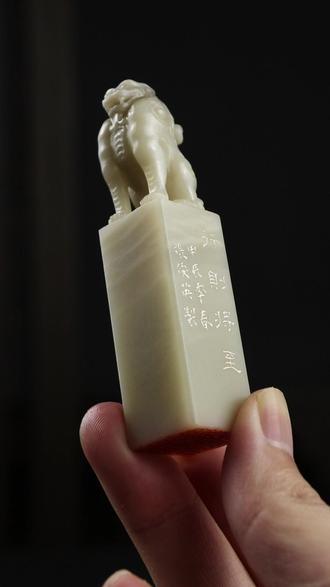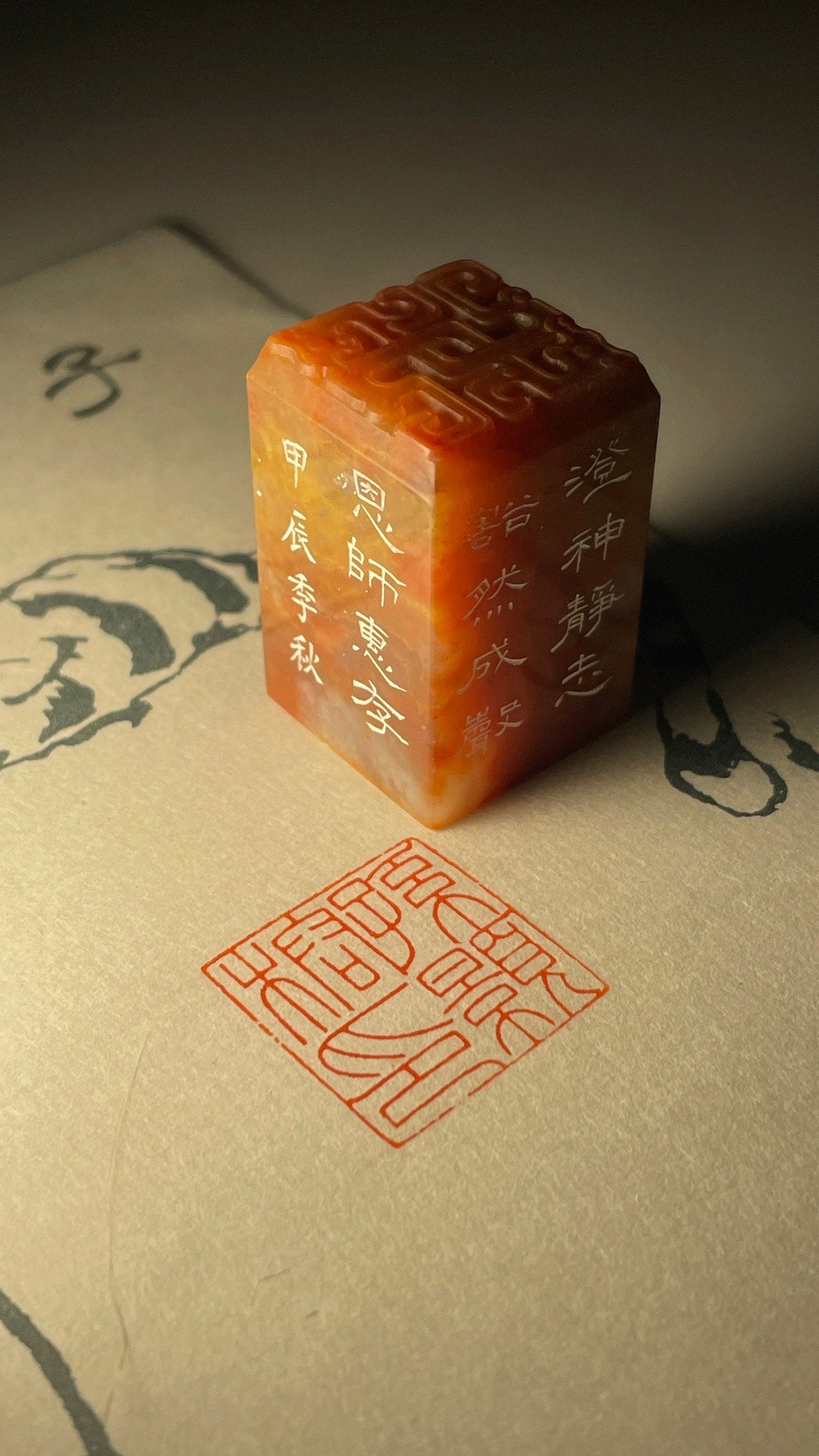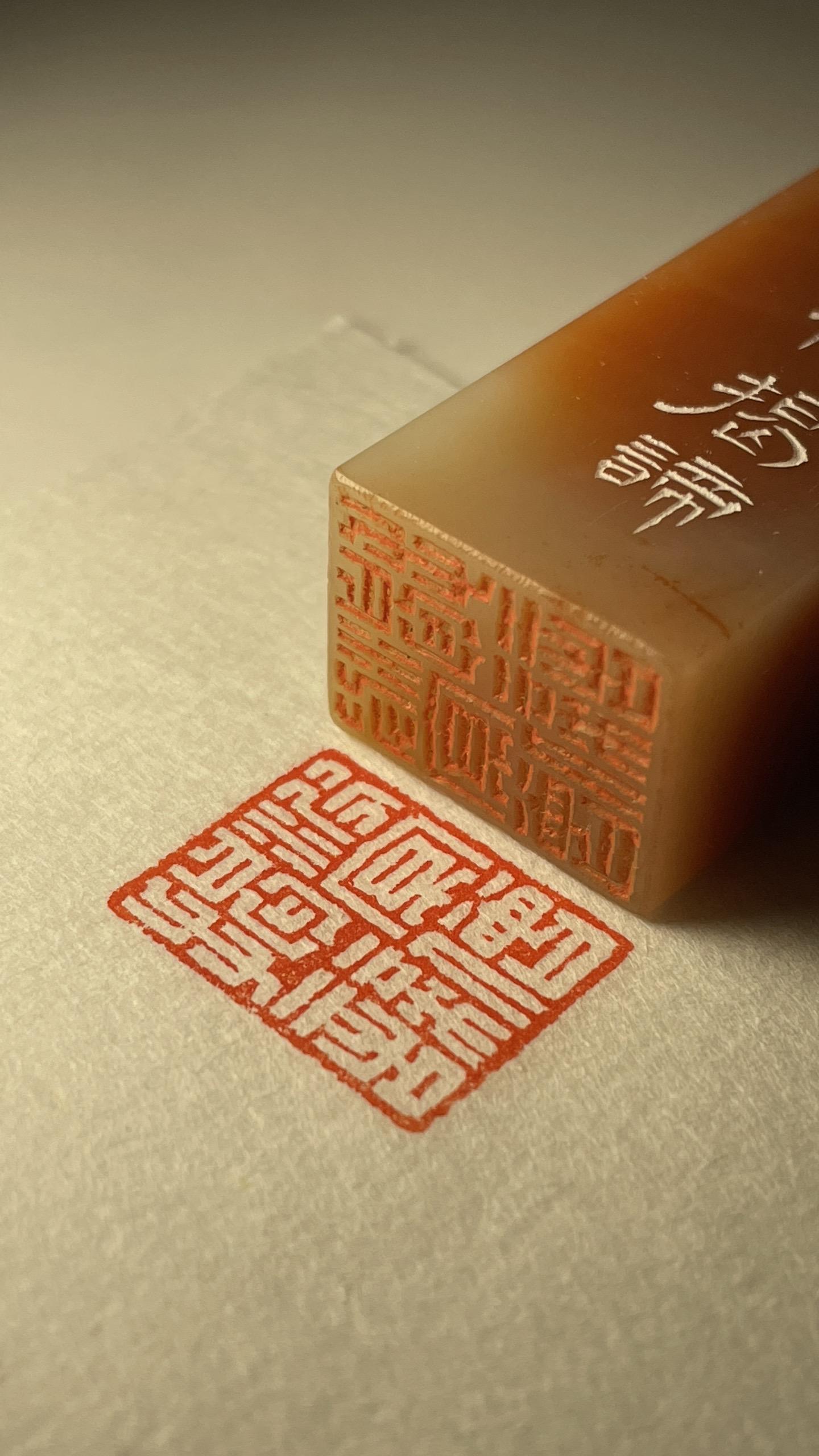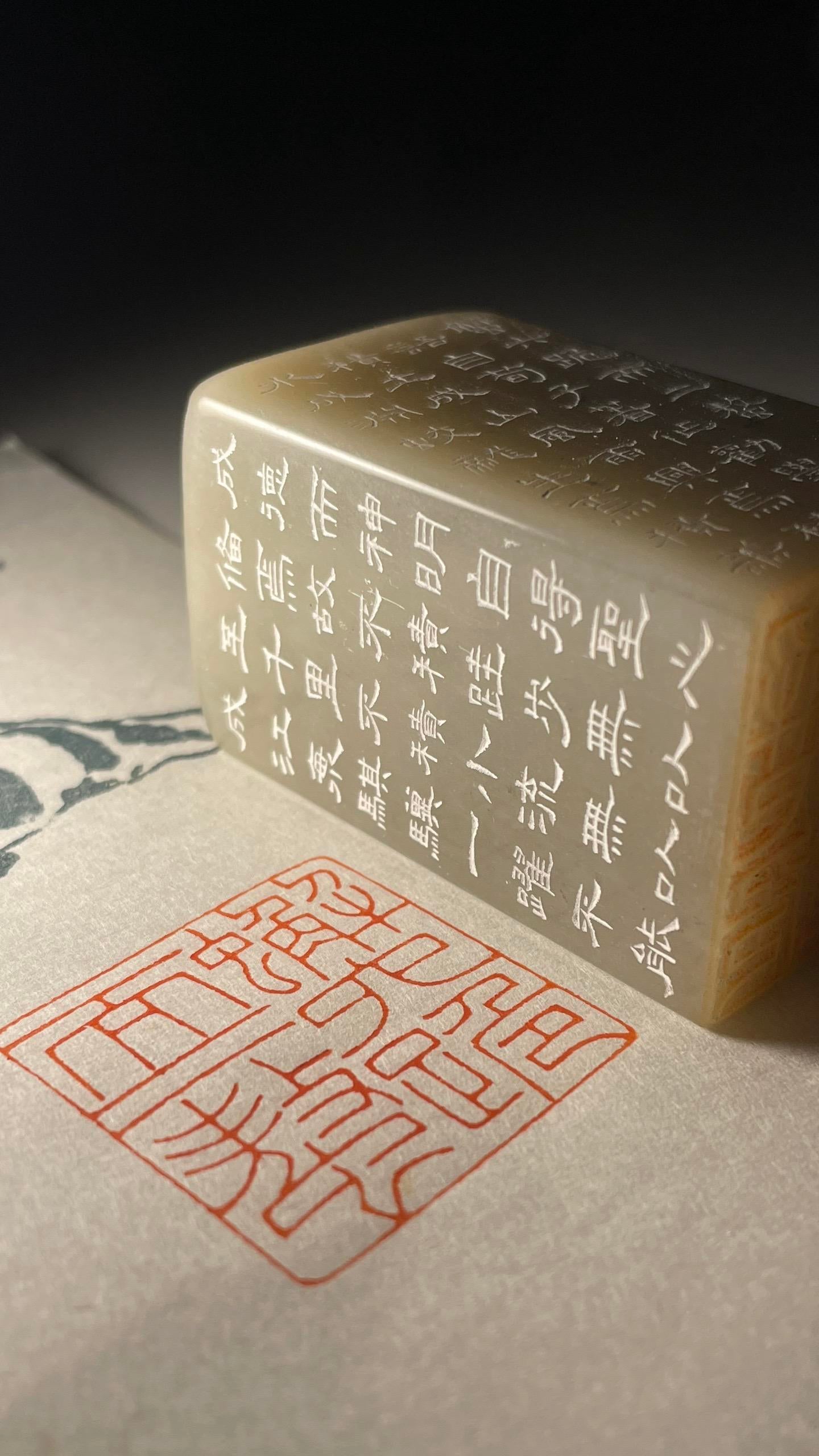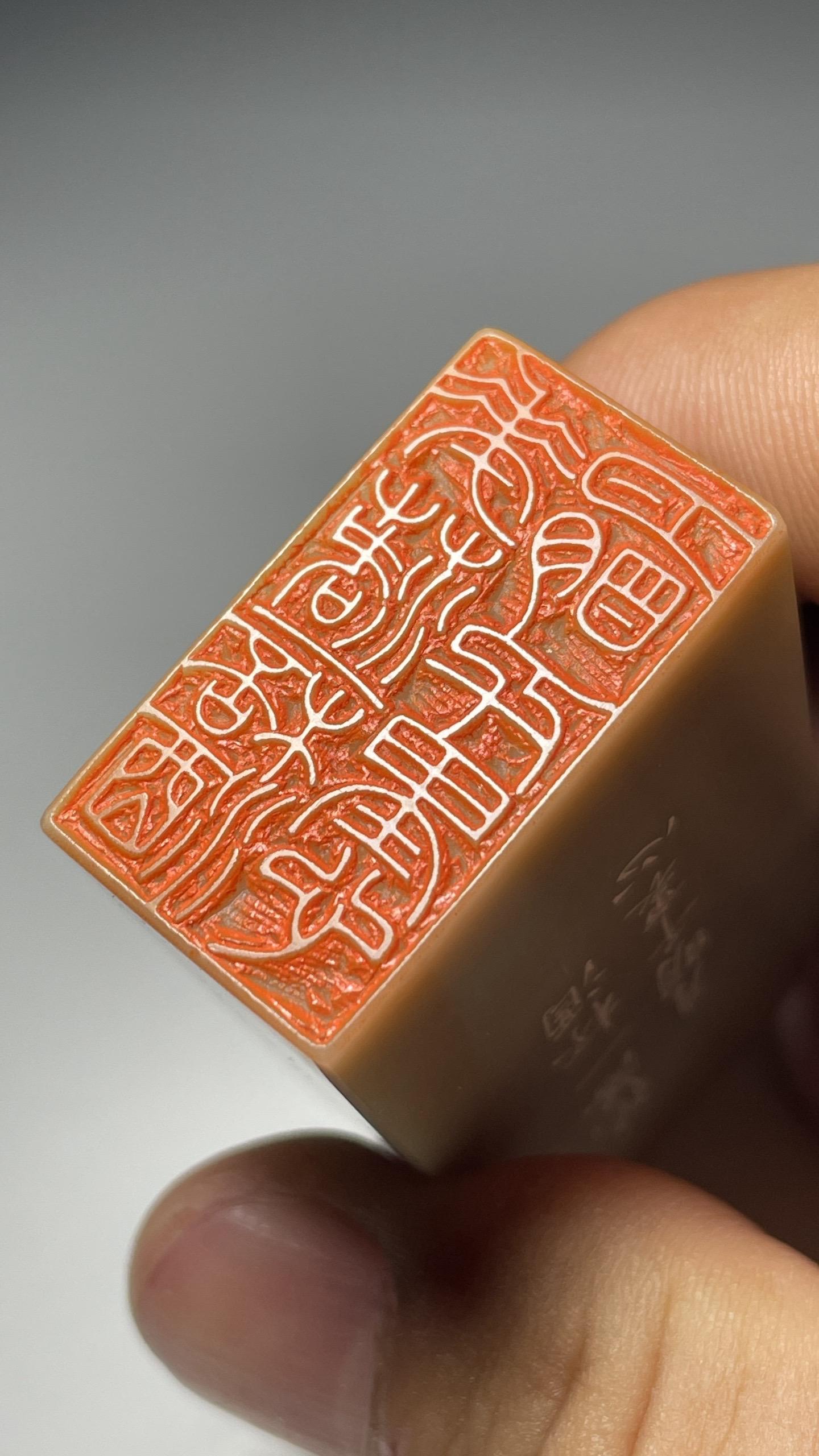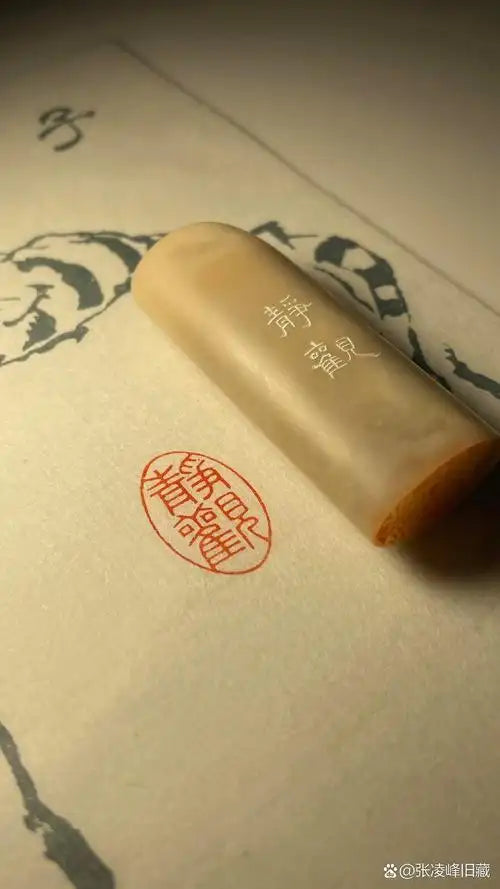东方道器
China's Intangible Cultural Heritage: Jin Shi Zhuan Ke (Gold-Stone Seal Engraving) | 中国非物质文化遗产:金石篆刻
China's Intangible Cultural Heritage: Jin Shi Zhuan Ke (Gold-Stone Seal Engraving) | 中国非物质文化遗产:金石篆刻
Couldn't load pickup availability
China's Intangible Cultural Heritage: Jin Shi Zhuan Ke (Gold-Stone Seal Engraving) | 中国非物质文化遗产:金石篆刻
I. Historical Origins | 历史溯源
EN:
Jin Shi Zhuan Ke (金石篆刻), literally "gold-stone seal engraving," originated in the Shang Dynasty (1600–1046 BCE) with oracle bone inscriptions. By the Zhou Dynasty (1046–256 BCE), bronze seals (Xi, 玺) emerged as symbols of power and identity. The Qin and Han Dynasties (221 BCE–220 CE) standardized seal scripts, elevating it to both a functional craft and an art form. Its evolution intertwined with Chinese calligraphy and literati culture, becoming a cornerstone of East Asian artistic expression.
CN:
金石篆刻始于商代甲骨文,周代青铜玺印成为权力象征。秦汉时期文字统一推动印文规范化,兼具实用与艺术价值,并与书法、文人文化深度融合,成为东亚艺术核心载体。
II. Artistic Features | 艺术特征
1. Material & Form | 材质与形制
EN:
Materials: Traditionally engraved on metal (bronze, gold), stone (jade, soapstone), and ivory. Modern innovations include ceramics and 3D-printed resins.
Styles:
Yangwen (阳文): Raised characters (red when stamped).
Yinwen (阴文): Sunken characters (white on red background).
CN:
材质: 早期以青铜、玉石为主,现代拓展至紫砂、3D打印树脂等。
分类:
阳文(朱文): 凸起印文,钤盖呈红色。
阴文(白文): 凹陷印文,显红底白字。
2. Aesthetic Principles | 美学理念
EN:
Combines calligraphy, composition, and knife technique (章法、字法、刀法). The "rustic elegance" (拙朴) reflects Taoist philosophy, balancing deliberate imperfection with technical mastery.
CN:
以“章法、字法、刀法”三法为核心,追求“拙朴”之美,体现道家自然与人工的辩证统一。
III. Techniques & Schools | 技法与流派
1. Engraving Methods | 刻制技艺
EN:
Single-Knife Technique (单刀法): Bold, freehand cuts mimicking brushstrokes, popularized by Qi Baishi.
Double-Knife Technique (双刀法): Precise, layered carving for refined details, dominant in classical styles.
CN:
单刀法: 齐白石开创,一刀成线,似写意笔墨。
双刀法: 传统主流,分层雕琢,工整细腻。
2. Regional Styles | 地域流派
EN:
Zhejiang School (浙派): Emphasizes angular lines and Han Dynasty aesthetics.
Anhui School (徽派): Prioritizes fluidity and literati elegance.
CN:
浙派: 刀法方折,崇尚汉印雄浑。
徽派: 线条圆润,注重文人雅趣。
IV. Cultural Legacy & Innovation | 传承与创新
1. Intangible Heritage Status | 非遗保护
EN:
Recognized as China's National Intangible Cultural Heritage in 2006. Universities like Zhejiang host exhibitions integrating laser 3D printing to democratize the art.
CN:
2006年列入国家级非遗。浙江大学等机构通过激光3D打印技术举办大众篆刻展,推动艺术普及。
2. Modern Innovations | 当代突破
EN:
Material Experimentation: Artists use hollow glass beads and acrylics to create translucent seals.
Cross-Disciplinary Fusion: Seal engraving merges with themes like aerospace (“歼-20战机印章”) and agriculture (“瑞丰125玉米印章”).
CN:
材质创新: 空心玻璃微珠、亚克力等赋予印章通透质感。
主题跨界: 篆刻与科技成果结合,如战机、农作物主题印章。
Global Influence
EN:
From imperial diplomacy to contemporary art biennales, Jin Shi Zhuan Ke embodies China's philosophical depth. Its "knife-and-stone dialogue" continues to inspire global printmaking and design.
CN:
从古代玺印外交到现代艺术展,金石篆刻以“刀石共舞”传递东方哲思,持续影响全球版画与设计领域。
Symbol of Eternity
方寸之间,气象万千——这一“以印立信”的艺术,正借科技与跨界焕发新生。
Within a square inch lies infinite grandeur: this art of "trust through seals" thrives through technology and cross-disciplinary dialogue.
Share
